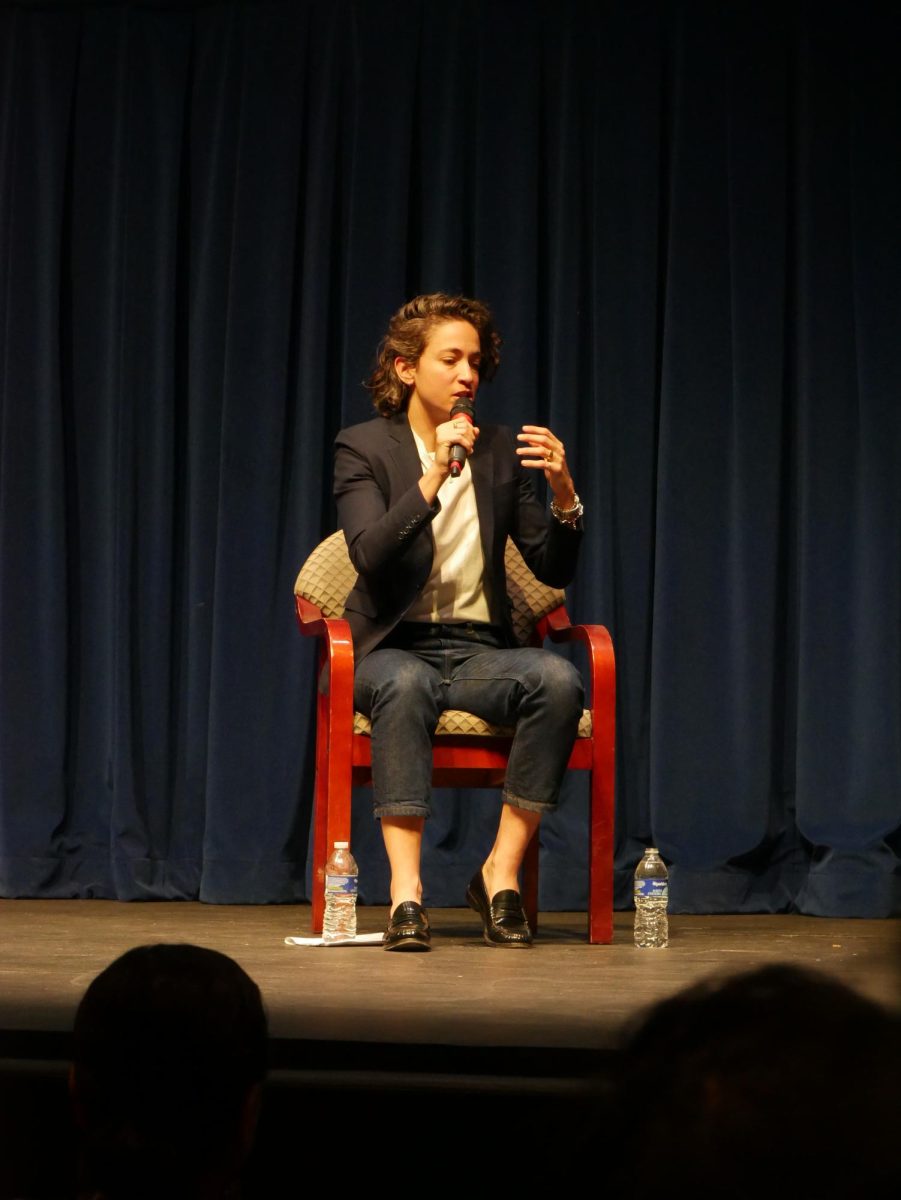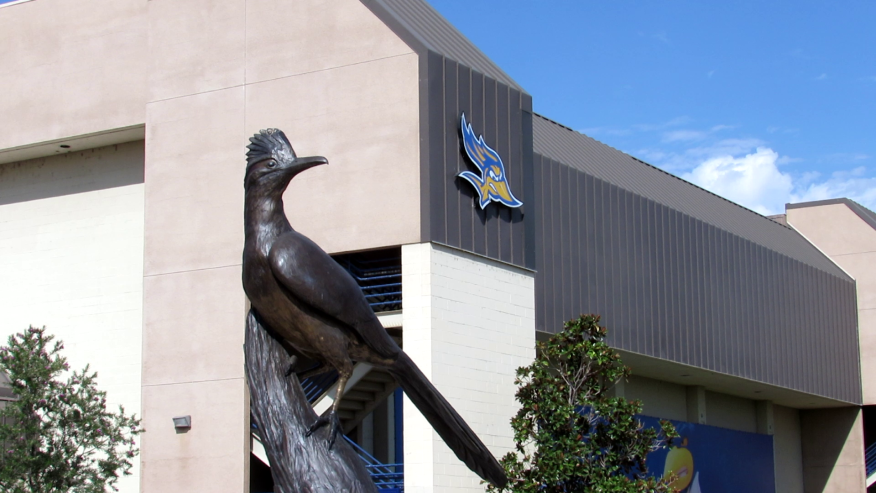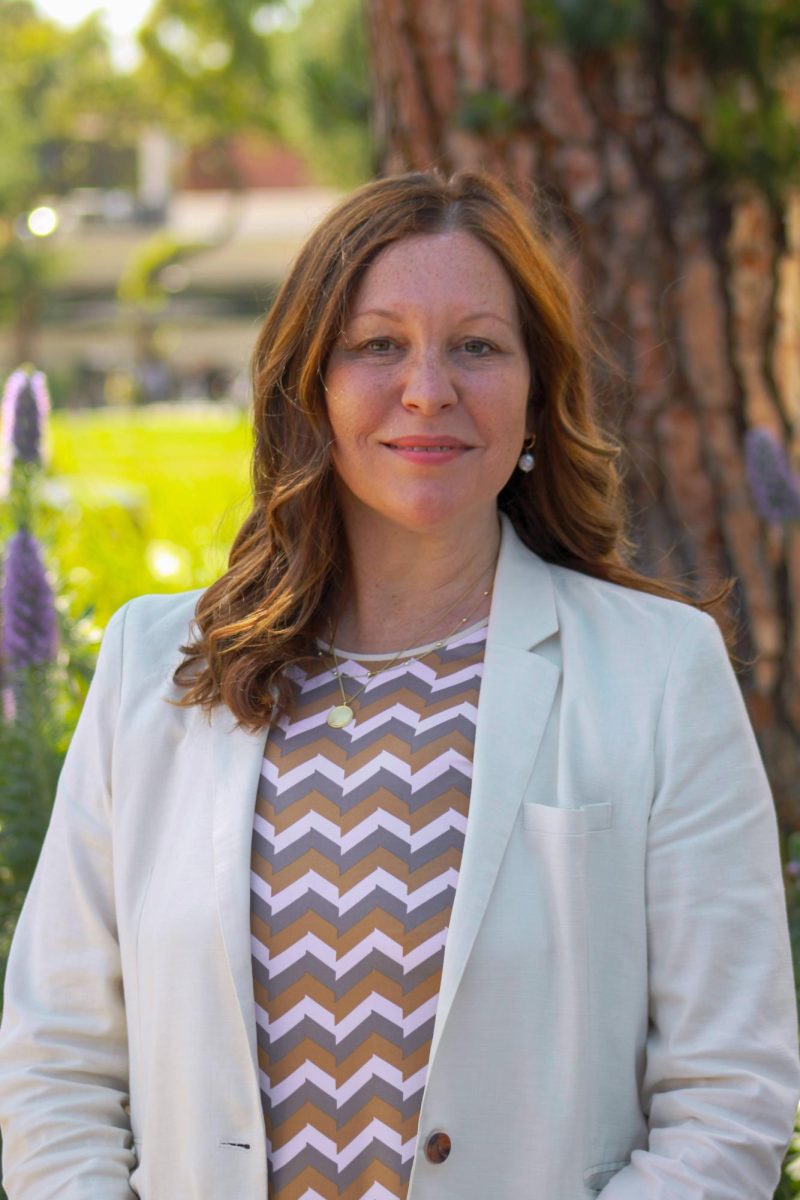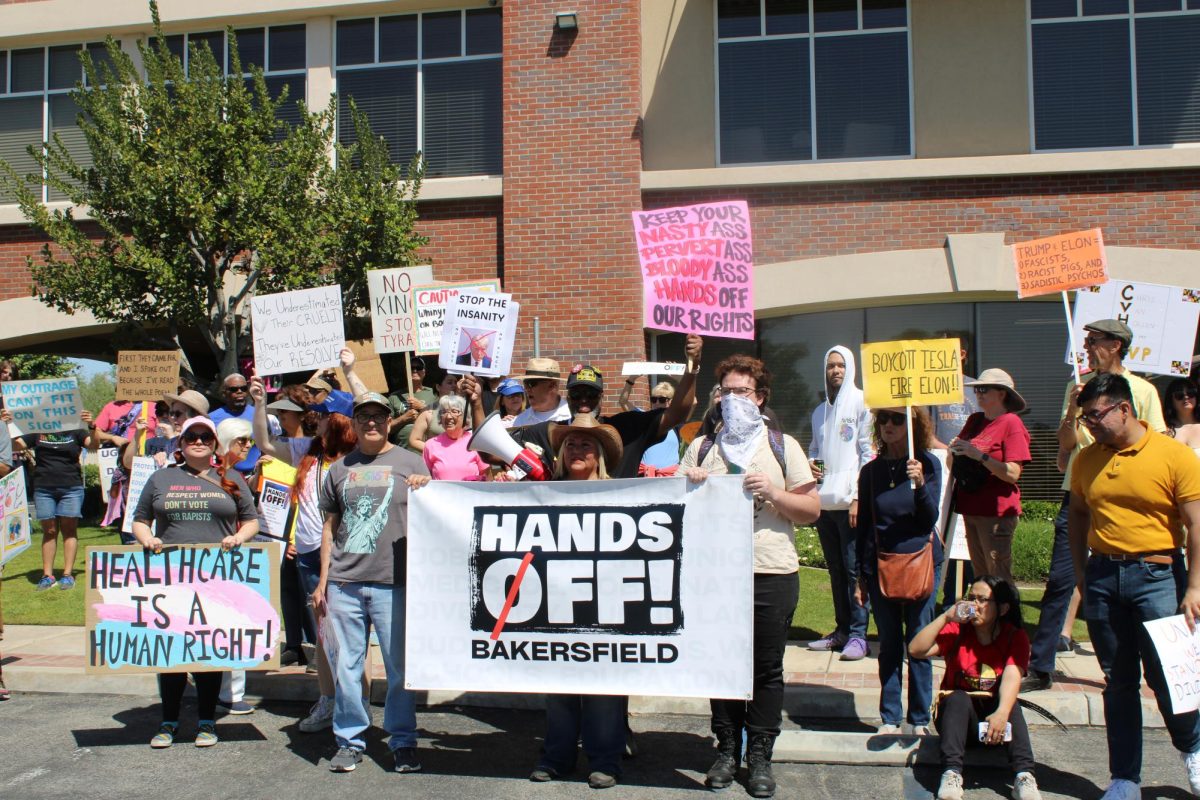By Kassie Mullican
Contributing Writer
Where Does Your Money Go?
The rising cost of tuition throughout all CSU campuses is nothing new. But what about the recent rise in campus fees?
Each quarter students are charged mandatory fees to enroll or attend the campus, called Category II fees. California State University, Bakersfield students paid $435 in campus fees, totaling $1,305 for the year in addition to their tuition.
But most students are unaware what those fees are for.
“I don’t know what the fees are for. I just pay the amount due through financial aid,” said Tracey VanEtten, a psychology senior at CSUB.
According to the CSU Schedule of Fees for the 2011-2012 school year, the most recent information available, the recommended fees for CSU campuses totals $1,209 per year. That means that students at CSUB campus pay $93 more than the CSU recommends.
CSUB students pay $37 more in Student Union fees, $5 more for health services, and a $15 campus programming fee that isn’t even in the schedule of fees for CSU. However, students do pay $26 less in Associated Student Body fees.
But what are these fees used for?
EJ Callahan, director of the Student Union, breaks it down this way: “Fees are used to support club funding, staffing, student organizations, and programming for students. Student Union fees are used for the upkeep of the Student Union and the Student Recreation Center. Associated Students Incorporated fees are used to support student life events.”
At CSUB, Associated Students, Inc. uses the fees of $119 per student per quarter to pay the wages of the staff and the executive board and the upkeep of ASI, as well as to support athletics, the children’s center, clubs and organizations and student life in addition to any activity related events such as leadership conferences for the elected student body leaders.
Any money remaining at the end of a quarter or academic year goes into a reserve account for future use. That reserve account is then used to fund projects that students lobby to support. These include projects such as the Runner Park, the grassy area and sidewalk in front of the Student Union that is the hub of student life, which was added to the Student Union in 2000 as a senior class project.
“We have not spent any reserves for future business in quite a long while” said ASI Executive Vice President Derek Stotler in the ASI board meeting on April 18.
Currently, ASI has over $400,000 in reserves. So if there is that much money in reserve, why have the fees increased over the last 10 years? There was a 5 percent fee increase in AS body fees from the 2012-2013 to the 2013-2014 academic year. Over the last ten years, AS body fees have increased 364 percent.
According to the meeting minutes of the Student Union on Oct. 8, 2009, Vice President of Business and Administration Mike Neal reported that President Horace Mitchell had said “the increase in fees is to preserve services in place for students.” So the increase of fees is to ensure that both current and future students continue to receive campus services.
The increase in fees is determined by President Mitchell after being advised by the Campus Fee Advisory Committee for the need of a fee increase. Student voting is not required for all fees. For instance, the new Campus Programming fee (better known as the Spirit fee) that was applied this academic year did not require a student vote. If it had been added as a new category to the AS body fee, a referendum would have to been made and that would require a majority student vote. Instead, a new mandatory fee, “The Spirit Fee”, was approved by President Mitchell after the committee recommended the need for the fee.
The president has the authority of oversight and adjustment of Category II fees and the chancellor has the authority for establishment of Category II fees.
All students must pay the fees or certain repercussions can happen. According to the CSU system, if the fees are not paid, a student can be withheld from registering or be banned from using any of the campus services the fees are collected for. So whether a student uses the services or not, students still have to pay.












